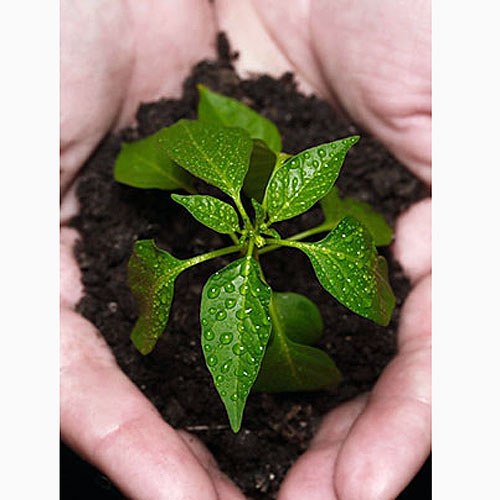You will need
- sterile soil, furnace, solution of potassium permanganate, a decoction of onion peel
Instruction
1
Properly prepare the soil for sowing seeds. The black leg pathogen persists in crop residue and in the soil, so sowing it is best to use a brand new sterile soil. Unfortunately, even the purchase of land in the packets is not always guaranteed to be protected from pathogens, therefore, before sowing the soil should prosterilizovat. Place the soil in a metal pan and fry in the oven at a temperature of 100 degrees for half an hour. Above the temperature raise is not necessary, since in this case you will kill the useful microflora of the soil, and all organic component burn. If the oven seems too radical means, you can directly before sowing, shed ground with a weak solution of potassium permanganate.
2
Buy seeds resistant to blackleg or those which have been pre-processed. Now you can find in stores encapsulated seeds are already processed against a complex of soil pathogens and pests. If no information about stability or treatments on the label you could not be found, before sowing soak the seeds for 3-4 hours in a solution of potassium permanganate. Sowing should be done too often as excessive seedling density weakens the plant and gives the possibility blackleg turn on the power. If you plant the seeds at a distance from each other, they will have more strength to fight infection.
3
Black leg affects the weak and sickly plants. That is why ensure that your seedlings always had the optimum temperature, sufficient light and moisture. Do not plant seeds too early because cold dark window, your shoots will quickly stretch and weakened. Also carefully monitor the intensity of irrigation. It is on flooded plants, black leg usually begins to manifest itself. Remember, it is better to pour in too little, than to pour! In the preventive purposes, you can treat the soil with a solution of onion skin or of potassium permanganate.
Note
If black leg appeared on the seedlings, it is best to carry out the treatment against the causative agent of special protection chemicals. If you grow on the windowsill greens for the table or plants for Pets – treating chemicals cannot be in any case.
Useful advice
If you notice the plants affected by blackleg, you should immediately remove it with a lump of earth. Immediately after this you need to conduct the processing of all plants with a solution of potassium permanganate or onion peel (good to shed the soil without touching the leaves).

